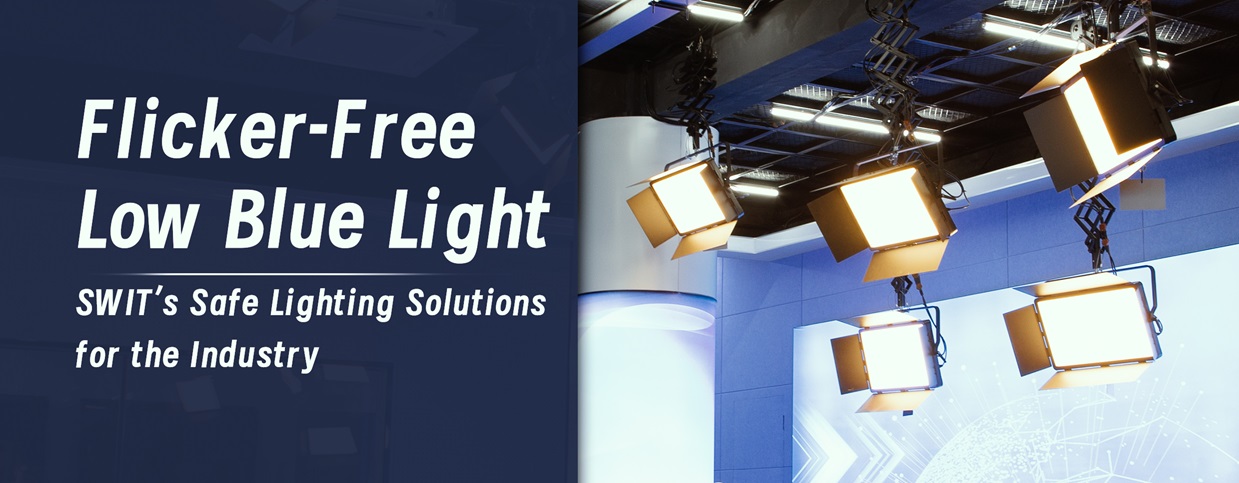
In the film and television industry, lighting is not only crucial for creating the desired visual effects but also for ensuring the eye health of crew members and audiences. SWIT, a renowned manufacturer, has always been committed to providing high-quality and safe lighting solutions.
All of SWIT’s studio lights, including the PL-E series and CL series panel lights, comply with the international photobiological safety standard EN 62471, featuring low blue light and flicker-free performance to effectively protect eyesight.
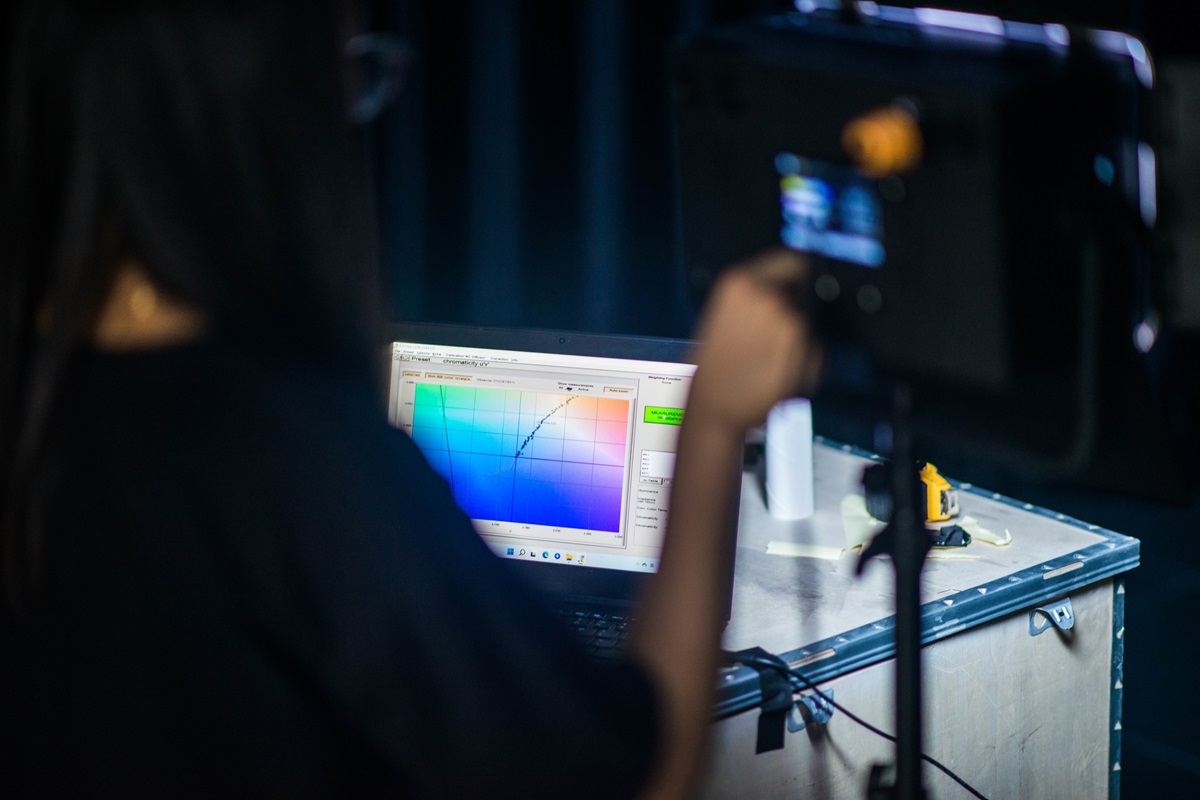
The Importance of Photobiological Safety
Photobiological safety standards are designed to assess the potential hazards of light sources to human eyes and skin. These standards (e.g., EN 62471: 2008) classify light sources into different risk groups based on their radiation levels and exposure times. Lights that do not meet these standards can cause serious harm to the eyes and skin, including:
Retinal Damage: High-energy blue light (wavelength 400-500 nm) can penetrate the cornea and lens of the eye, reaching the retina and triggering photochemical reactions that damage and kill retinal cells. Long-term exposure to blue light may accelerate the oxidation of cells in the macula, increasing the risk of macular degeneration and other eye diseases.
Corneal and Conjunctival Damage: Ultraviolet (UV) radiation (wavelength 100-400 nm) can damage the cornea and conjunctiva, causing symptoms such as keratitis and conjunctivitis. In severe cases, it may lead to corneal ulcers and vision loss.
Lens Damage: Long-term exposure to UV or blue light can damage the lens, increasing the risk of cataracts. UV radiation can cause denaturation and oxidation of lens proteins, gradually forming cataracts.
Skin Damage: UV radiation can also harm the skin, causing redness, dryness, reduced elasticity, and accelerated aging. Long-term exposure to UV radiation may also increase the risk of skin cancer.
Disruption of Circadian Rhythm and Sleep Quality: Blue light can suppress the secretion of melatonin, interfering with the body’s circadian rhythm and leading to decreased sleep quality. Long-term exposure to blue light may cause sleep disorders and related health issues.
Therefore, it is crucial for studio lighting to meet the international photobiological safety standard EN 62471 to ensure the safety of everyone on set.
SWIT’s Commitment to Eye Protection
Low Blue Light
Blue light, with its short wavelength and high energy, can cause retinal damage with long-term exposure. SWIT’s studio lights, including the PL-E90L and CL-120D, are designed to emit low levels of blue light. For example, the PL-E90L has a Color Rendering Index (CRI) of 99 and a Television Lighting Consistency Index (TLCI) of 99, meaning it can accurately reproduce colors while minimizing the harmful effects of blue light.
Flicker-Free Performance
Flicker in lighting can cause eye fatigue, headaches, and even trigger seizures in sensitive individuals. SWIT’s lights, such as the CL-120D, support 0 to 100% PWM digital dimming smoothly and non-flickering, ensuring a stable and comfortable lighting environment.
Examples of SWIT’s Eye-Friendly Studio Lights
PL-E90L Panel Light
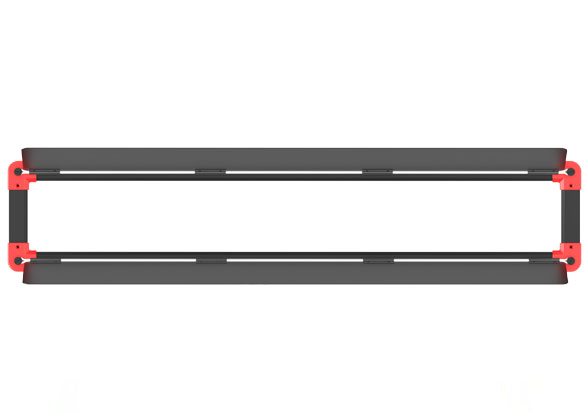
The PL-E90L is a 90W bi-color LED strip light measuring 0.5 x 3 feet and only 21mm thick. It features 480 edge-mounted SMD-LEDs and uses SWIT’s unique 90° light guide technology to output bright, soft, and evenly spread light. This light is ideal for field portable lighting applications and can be powered by a single V-Mount or Gold Mount battery.
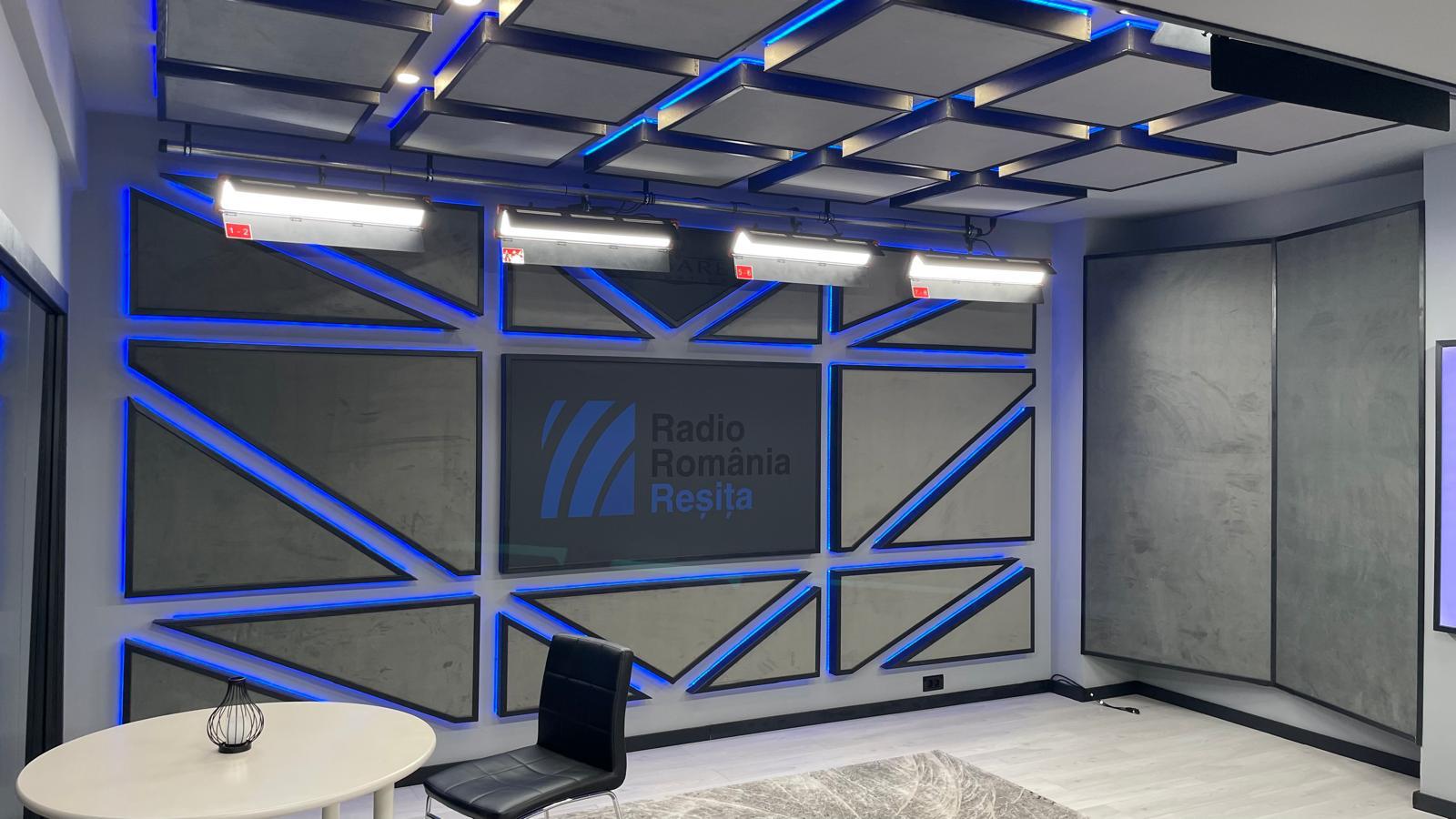
In the heart of Romania, a studio has transformed its lighting setup with the PL-E90L long proportional flat light. This powerful tool offers high-quality, uniform illumination, perfect for creating professional broadcast environments.
With a slim profile and easy setup, the PL-E90L is a versatile addition to any production space, especially for low-ceiling studio.
CL-120D Panel Light
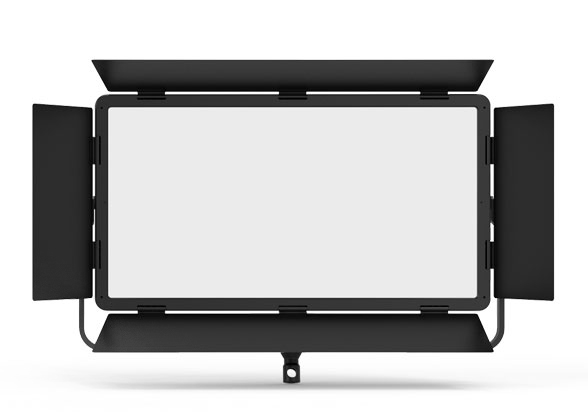
The CL-120D is a 120W 2:1 bi-color SMD LED panel light that provides 3700 lux illuminance at a distance of 1 meter. It has a wide beam angle, high color rendering index (CRI 98; TLCI 99), and supports fanless operation for a silent video production environment.

SWIT lighting has passed the review of the expert group of Guangdong Polytechnic Normal University. The school's teaching studios all use CL-120D and SWIT wireless lighting control system to provide high-quality and healthy professional lighting for its students.
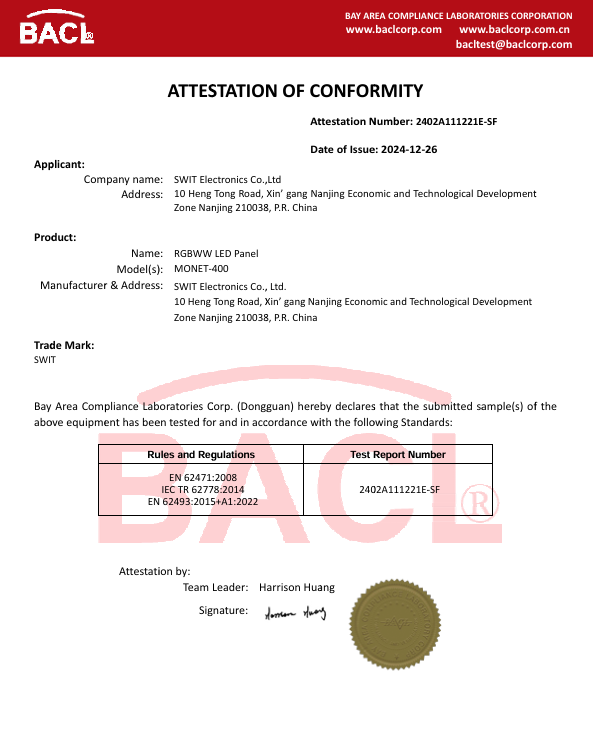
The latest MONET series RGBW panel light has passed the photobiological safety test before it was launched on the market
SWIT’s studio lighting solutions not only meet the highest standards of performance and reliability but also prioritize the eye health of users. By adhering to the international photobiological safety standard EN 62471 and incorporating advanced technologies such as low blue light and flicker-free dimming, SWIT ensures that its lights are safe and comfortable in any studio environment. Whether you are a professional in the film and television industry or simply someone who cares about eye protection, SWIT’s lighting products are an excellent choice.

